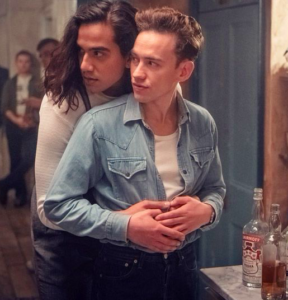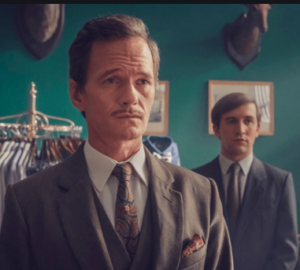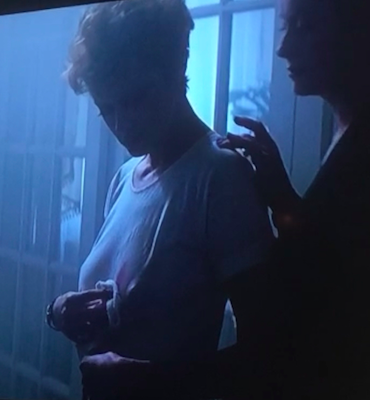Archive | Reviews
Birds of America
July 30, 2020 in Art Matters, Reviews, Ruby Intuition, Spirit Matters
 I take great solace in artists who don’t just improvise upon accepted conventions but flat-out improve them; such creatives are holy alchemists. In this vein, as in many others, the painter Kerry James Marshall is a true bright light. Today he released a new series. A wily subversion of the works of John James Audubon, these paintings explore the deeply problematic “one-drop” rule through the markings of birds—all of the ones pictured here are deemed “black” by Marshall and are indubitably beautiful. (Cue the old 60s saw.) Arguably our country’s greatest living painter, Marshall embodies Jean Houston’s words: “Wounding becomes sacred when we are willing to release our old stories and become the vehicles through which the new story may emerge into time.” To serve as such vehicles, we must model Marshall’s magic in whatever is our true calling.
I take great solace in artists who don’t just improvise upon accepted conventions but flat-out improve them; such creatives are holy alchemists. In this vein, as in many others, the painter Kerry James Marshall is a true bright light. Today he released a new series. A wily subversion of the works of John James Audubon, these paintings explore the deeply problematic “one-drop” rule through the markings of birds—all of the ones pictured here are deemed “black” by Marshall and are indubitably beautiful. (Cue the old 60s saw.) Arguably our country’s greatest living painter, Marshall embodies Jean Houston’s words: “Wounding becomes sacred when we are willing to release our old stories and become the vehicles through which the new story may emerge into time.” To serve as such vehicles, we must model Marshall’s magic in whatever is our true calling.
(To chart this calling, book an intuition session here.)
So Much ‘Hunger’
March 29, 2020 in City Matters, Country Matters, Film Matters, Queer Matters, Reviews



